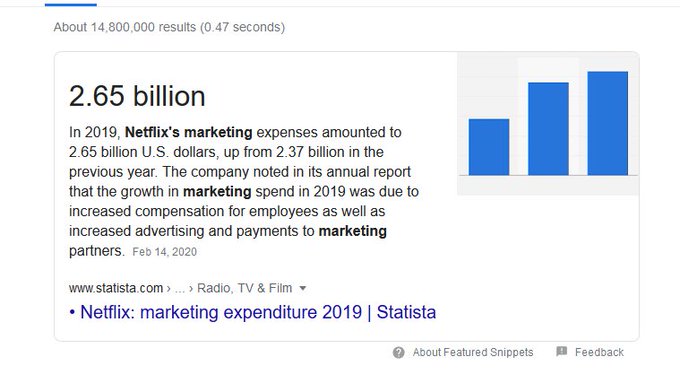This is Joseph
I want to follow up on Mark's great cigarettes and cocaine post. I think the key to the post is the danger of aggregation of complex relationships into a simple pool and then cherry picking a component that might not be representative.
He brought up one of my favorite examples: is it environmentally friendly to switch to a plant based diet. Please note, that we are talking the environmental issues and not the ethical ones, which are a different and may lead to different conclusions . . . for entirely independent reasons.
It is like the social security and medicare debate. If you want social security gone because it allows experienced workers to retire from your airplane factory that is an argument. But it doesn't necessarily follow that the economic sustainability argument (social security and medicare costs are out of control, we need to cut social security) is going to hold up.
But if you look at where rice ends up relative to chicken, it is actually more environmentally costly to produce rice than chicken. Now, to be fair, if you consider post-production costs then chicken looks worse, but this is not the huge difference that beef results in. It is also the case that post-production is very modifiable -- it makes the potato look bad because of how we use it but it could be used quite differently. Similarly, cheese is very expensive to produce environmentally, but milk and yogurt are much less impactful than rice in either model.
What I am getting at is that complex models are often badly represented as aggregates. Furthermore, understanding the underlying dynamics can result in odd guidance. Beef looks terrible but milk is quite benign. But what is the counterfactual to more milk, less meat -- do we keep all of the male animals alive? Do we not consume them? What you really have is a beef ecosystem that is very hard to break apart.
Similarly, it is easy to observe that rice is environmentally costly but the guidance can be challenging. It is also true that good farmers do crop rotation and winter wheat is a common rotation crop. It would be worse to deplete farmland completely and there is a complicated environmental cost to having more farmland to produce the same output in terms of eliminating animal habitat.
So I guess my point is that simple solutions to complex solutions are concerning. It may be the case that it really is as a simple as cigarettes and cocaine. But in a lot cases there is important structure all of the way down and simple arguments often miss the complexity of the system. It is also the case that the counterfactual needs to be properly developed. If we get rid of beef are we getting rid of milk too? This is not to say that you can't ask questions like "should there even be pure slaughter based beef herds?" and such.
But it takes real effort to make thoughtful improvements in complex systems.



